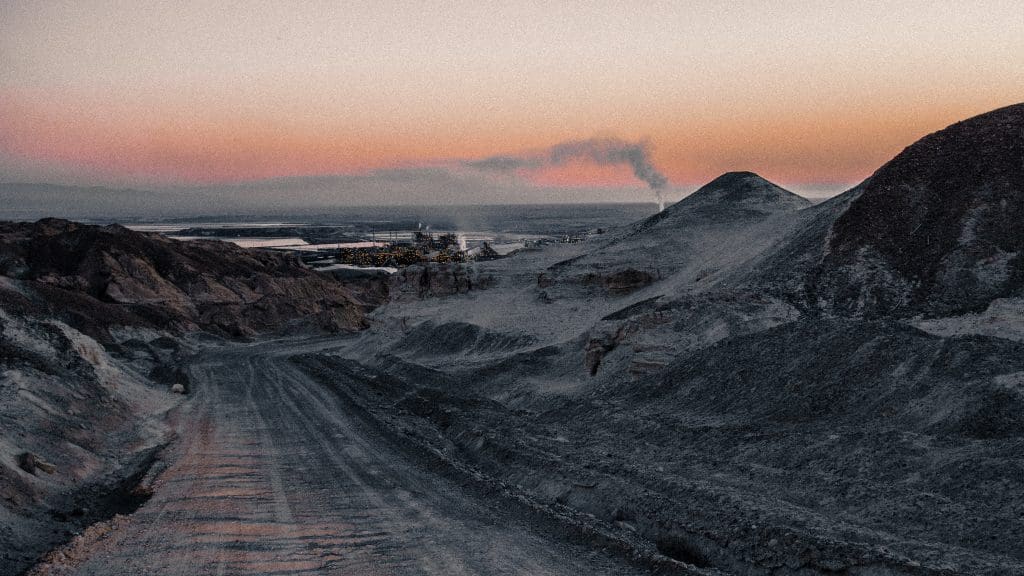- Using recovered CO2 as a feedstock can boost growth and lower emissions.
- The market could be worth trillions of dollars.
- Governments and business leaders can help make this promise a reality.
Reports from the Intergovernmental Panel on Climate Change (IPCC) continue to show that human activity is responsible for releasing vast amounts of carbon dioxide (CO2) pollution into the atmosphere. While the planet struggles to absorb this excess carbon, we as a global community must systemically and aggressively adapt our economies to reduce further carbon pollution in order to keep our planet from warming beyond 2°C above pre-industrial levels. While reducing the use of fossil fuels may get us part of the way there, to truly tackle the climate crisis that is already disrupting natural environmental cycles, the IPCC also points out that we need to actively remove excess CO2 from the atmosphere. The question then becomes: what do we do with the carbon that is removed?
It turns out that many of the products we use contain carbon, and the CO2 that we remove from the atmosphere can be used and reused instead of pulling carbon from fossil sources, as is the practice today. The scale of the problem is huge, but so are the opportunities; trillion-dollar markets have been predicted for the use of CO2 as a feedstock to make key products such as building materials, chemicals and fuels. Billions of tons of CO2 can be removed from the atmosphere every year and turned into commercially successful products.

So what is stopping us from turning this liability into an asset? Even though the chemistry of CO2 conversion into a range of products has been researched for a long time, an emphasis on developing large-scale use of CO2 as a feedstock for products is a fairly new development. Accordingly, interest in translating inventions into commercial enterprises is moving forward slowly. In 2016, fewer than 200 companies worldwide were operating in this space. However, following the recognition that there is a long-term economic opportunity in transforming entire industries, the idea of building a circular carbon economy is taking off.
At its launch in 2018, the Global CO2 Initiative at the University of Michigan was one of a handful of entities actively pursuing research and development, investments, and communicating the ideas of a circular carbon economy and how businesses can pursue carbon management solutions. If this year’s New York Climate Week was any barometer for progress and imminent action on carbon tech, then we are more than at a tipping point – the dam is about to break. This past fall, we saw an incredible surge of new players; as a case in point, the Canadian Consulate in New York hosted hundreds of attendees in a standing-room-only event at which the diverse and multi-sectoral audience was keen to understand how we can scale this climate solution – and that was only one of dozens of carbon tech-focused events that week.
The carbon tech community is rapidly expanding its global membership and advancing the deployment of these climate-critical technologies. But we still have a long way to go to build the carbon feedstock economy that is necessary to keep global temperatures in check. It will take concerted efforts from organizations at every level – public, corporate and philanthropic – to increase research and development to fill the innovation pipeline, accelerate the commercialization of new technologies, and to get these products out of labs and onto shelves.
In order to successfully scale and commercialize CO2-based products and carbon tech at the rate necessary to address climate challenges, we need to not only push inventions from research labs into the market – we must also create a market pull to establish the demand. Take examples of carbon-sequestering concrete from McGill University, Rutgers, University of California Los Angeles, and the University of Michigan. Although companies have been formed and are operational, market penetration is lagging. Government-led procurement efforts, such as those proposed by legislation currently pending in New York, will be needed to accelerate the use of these new materials. This approach has proven successful before, as in the market introduction of computers and solar panels. Similar efforts from business communities and c-suite leaders will also be necessary at the industry level.
When evaluating the climate challenges that threaten us, there is also tremendous opportunity before us. There is a chance for CO2 utilization to become a significant strategy in mitigating our current climate crisis that also creates the lasting economic prosperity needed to address climate change in the long term. A pathway exists to maintaining economic growth and consumer lifestyles by developing a long-term, safe and environmentally friendly way of manufacturing everyday products. CO2 utilization is a key tool in meeting our climate goals as well as our economic goals – by being carbon negative, dollar positive.









